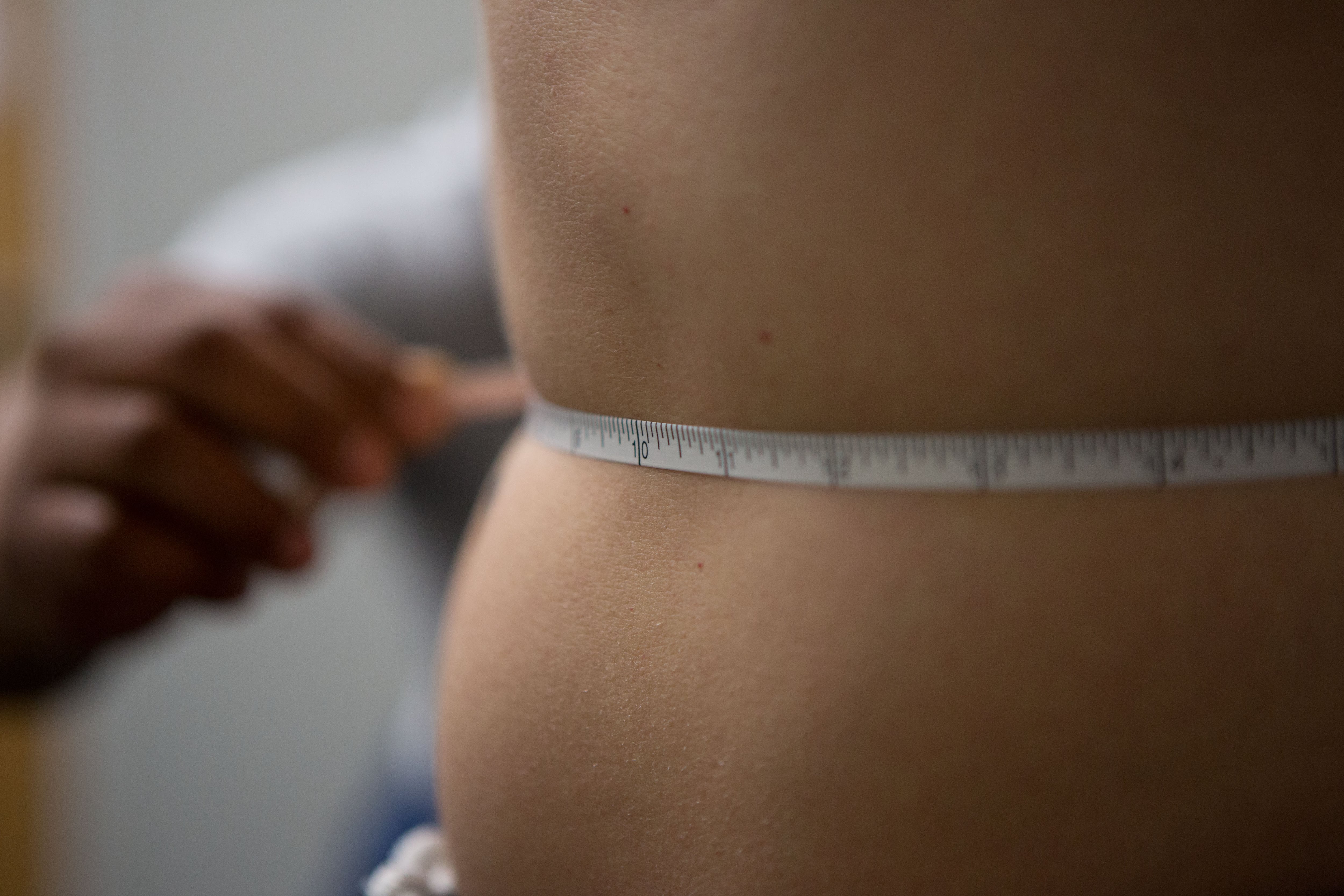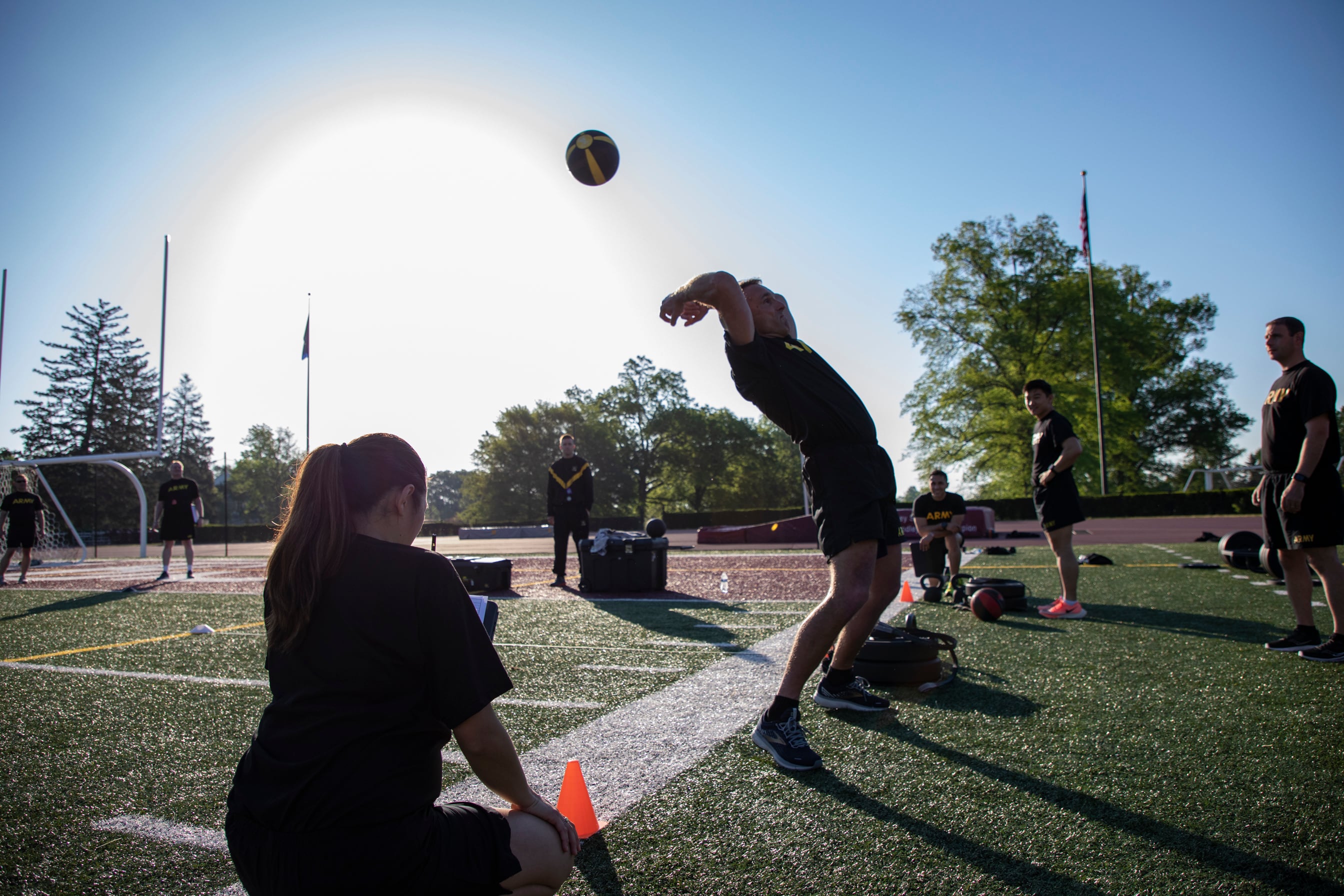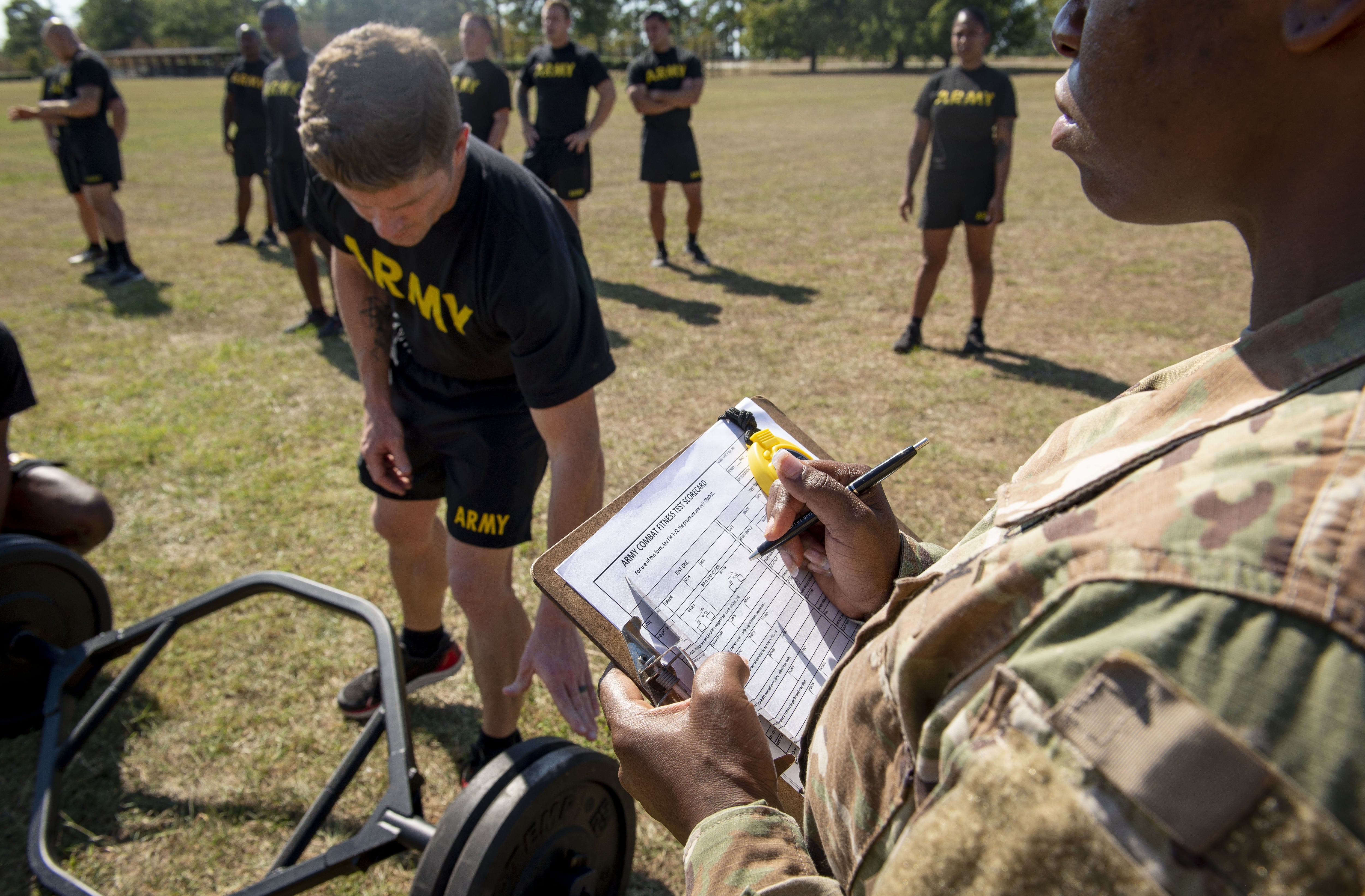The Army has set a timeline for reforms on how the service monitors soldiers’ body fat, the service’s top noncommissioned officer said Tuesday morning. He also previewed potential fitness test shifts.
The often-maligned “tape test” remains the standard across the force for measuring a soldier’s body fat if the individual is not compliant with height and weight screening tables. But change looms: a major study led by Army researchers concluded in late 2022 considered alternative measurement methods and potential policy changes.
RELATED

In October, Sergeant Major of the Army Michael Grinston previewed one pending change when he announced the service was developing a policy to exempt soldiers from body composition testing if they score 540 or higher on the Army Combat Fitness Test. At the time, Grinston did not commit to an implementation timeline, and he did not specify what additional changes the Army would make to body fat testing.
Now there’s a timeline, which Grinston provided during his Tuesday morning remarks at an Association of the U.S. Army event:
- An Army directive implementing the body fat exemption for soldiers who score a 540 or higher on the new fitness test is undergoing staff review and “should be complete in March.”
- Grinston stated there are “two more changes that we’re looking to do before April” in addition to the test score exemption.
It’s not clear what the two additional policy tweaks will be, and a spokesperson for Grinston declined to elaborate further.
But other services’ recent actions may foreshadow the Army’s options. The Marine Corps now uses scanners and other technology to verify a member’s body fat if they fail the tape test. The Air Force plans to implement a new waist-only body fat calculation in April.
Grinston also addressed uncertainty about the future of the Army’s fitness testing after Congress ordered the service to establish “gender-neutral physical readiness standards that ensure soldiers can perform the duties of their respective” jobs. The fiscal 2023 defense policy bill directed the service to make the changes by late June.
The Army is weighing two primary options there, Grinston said. One would be to establish a higher standard for combat arms soldiers on the new fitness test — which was originally designed as an age- and gender-neutral assessment before a RAND study mandated by Congress pushed the service to backtrack and implement different standards for male and female soldiers by age.
RELATED

Another option is to implement a second fitness test modeled after the assessment now used as part of testing for the Army’s individual expert badges, Grinston said. That test requires candidates in full kit to complete a series of exercises and soldier tasks, bookended by two one-mile runs.
It’s not clear yet which path the Army will take, but the Marine Corps has separate physical fitness and combat fitness assessments that members complete semiannually.
“Do we draw a line, or do we do a separate test?” Grinston asked. “All that’s being talked about.”
Davis Winkie covers the Army for Military Times. He studied history at Vanderbilt and UNC-Chapel Hill, and served five years in the Army Guard. His investigations earned the Society of Professional Journalists' 2023 Sunshine Award and consecutive Military Reporters and Editors honors, among others. Davis was also a 2022 Livingston Awards finalist.





